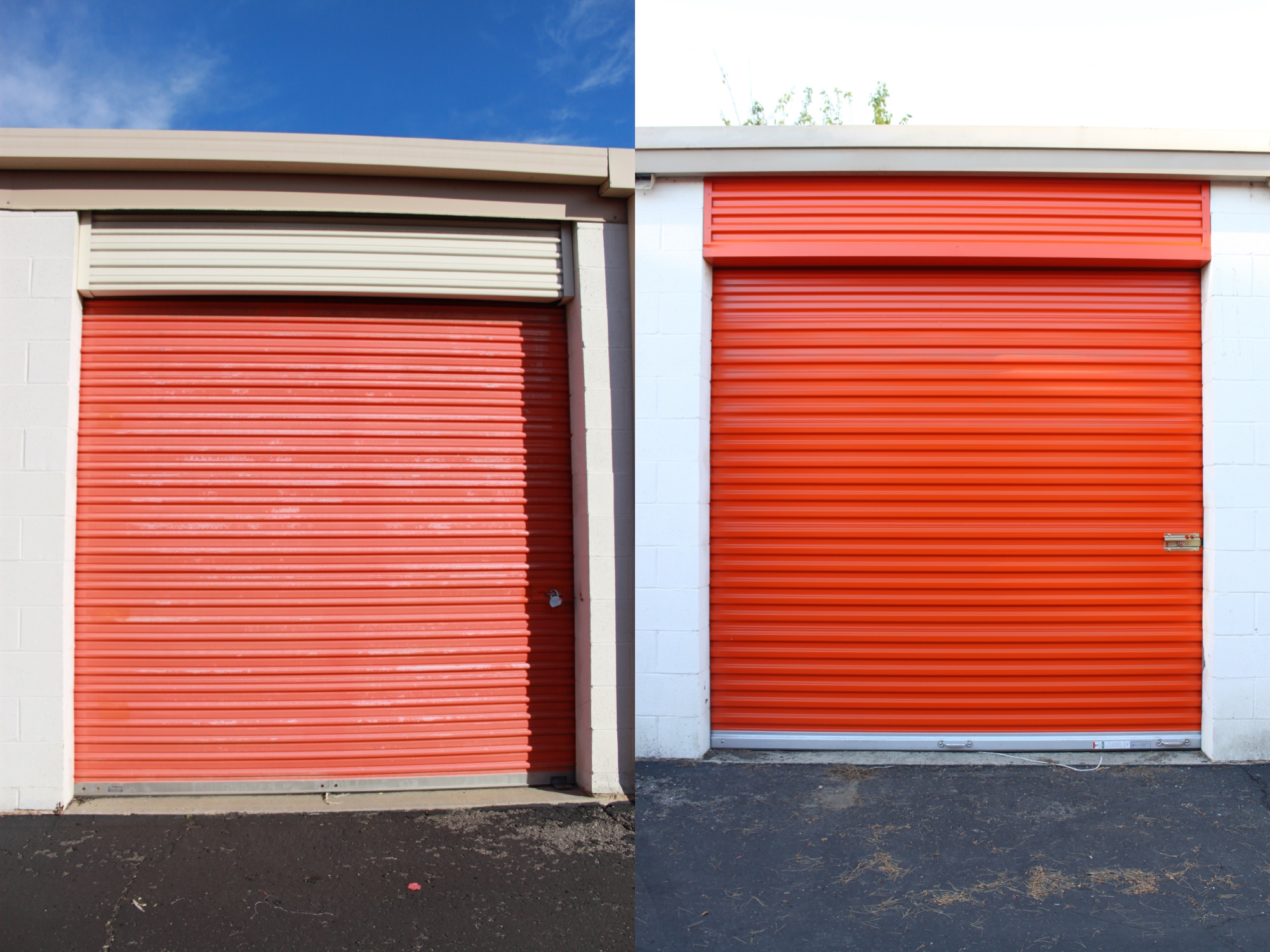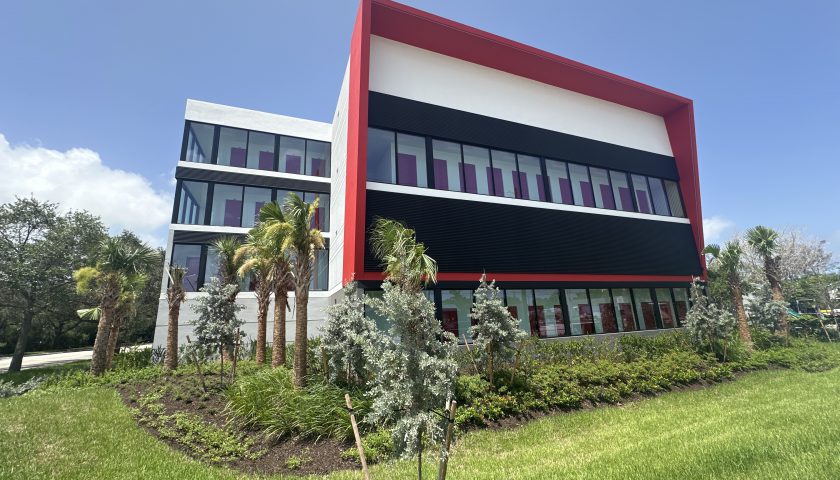
In the self-storage industry, maintaining an attractive and secure facility is crucial to attracting and retaining customers. Today’s consumers seek not only a safe place to store their valuables but also a well-maintained environment that gives them peace of mind. Renovations, such as installing new unit doors, enhance both the appeal and safety of the facility. And when you take advantage of a tax strategy called cost segregation it can significantly offset these expenses.
Understanding Cost Segregation
Cost segregation is a tax strategy that allows building owners to accelerate depreciation on certain components of their property. Instead of depreciating the entire building over 27.5 or 39 years using the straight-line method, cost segregation enables you to depreciate parts of the building over shorter periods—5, 7, or 15 years. This acceleration results in significant tax savings, as you can claim larger deductions earlier in the ownership period.
For example, by using cost segregation, you could save up to $100,000 for every $1 million spent on building costs within the first five years. These savings provide additional funds that can be reinvested in your business, enhancing your facility or expanding your services.
It’s important to note that cost segregation is not limited to large or high-value buildings. Even properties with a cost basis as low as $250,000 or renovations costing at least $100,000 may qualify. Additionally, when renovating, a cost segregation study can identify the value of components that are being replaced. This value can then be written off as a loss, minus any depreciation already taken.
The Janus R3 Program: A Perfect Pairing with Cost Segregation
The Janus R3 (Restore, Rebuild, Replace) Program is an exclusive initiative that complements the benefits of cost segregation. The R3 Program focuses on upgrading storage unit doors, optimizing unit mix, and enhancing security features. These improvements not only help owner-operators stay competitive but also enable them to charge higher rental rates.
Investing in your facility through the R3 Program allows you to take full advantage of cost segregation while simultaneously enjoying other benefits, such as insurance discounts. By upgrading to high-quality products like those offered by Janus International, you’re ensuring that your facility remains attractive, secure, and profitable.
Why Focus on Doors?
Self-storage doors endure significant wear and tear over time, making them one of the most commonly replaced items during renovations. By replacing old doors, you can write off the remaining basis of the disposed doors that haven’t been fully depreciated. This process, known as Partial Asset Disposition, further enhances the financial benefits of cost segregation.
Beyond the financial advantages, new doors also improve safety. Older doors can be difficult to operate and pose risks, such as falling on tenants. Upgrading to newer, more secure doors, like those in the Janus NS Series, can prevent such accidents and reduce the likelihood of lawsuits. The NS Series features robust lower bars with security clips that deter unauthorized access and anchored floor guides that enhance stability and durability.
A Win-Win Renovation Strategy
Upgrading your facility’s doors through the Janus R3 Program, combined with the tax savings from cost segregation, is a winning strategy for self-storage owners. Not only do these renovations make your facility safer and more secure, but they also enhance its appeal, allowing you to charge higher rental rates. Additionally, the tax savings provide funds that can be reinvested into further improvements, creating a positive cycle of growth and profitability.
With the current quick turnaround times for renovations, there’s never been a better time to explore cost segregation and the benefits it can bring to your self-storage business. By leveraging this strategy, you can enhance the value of your facility while ensuring that your tenants’; valuables are stored in the safest and most secure environment possible.




